Everything you need to know about cooking with limes…seasonality, variations, storage, and nutrition information.
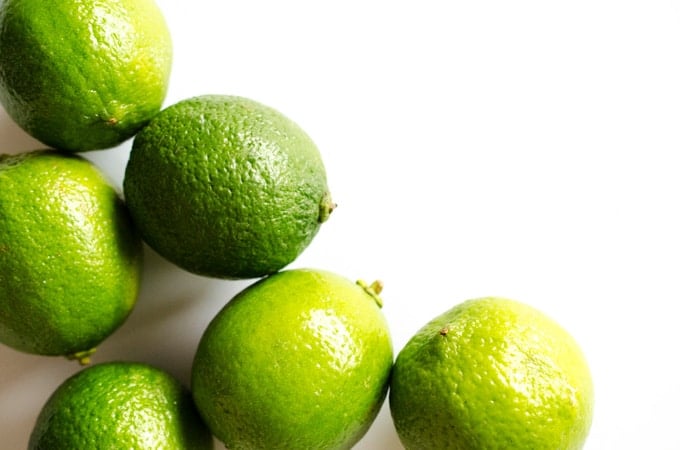
I’ve come to the realization that March, regardless of being National Nutrition Month, is probably not going to be a healthy month in this household.
Between 3 birthdays and Easter, I’ve made far more Special Day Cinnamon Rolls than should be legal. That’s why this week is going to be about experimenting with the Vitamin C-packed flavor maker that are the humble limes. Here’s a quick rundown of our spotlight ingredient. Be sure to stop by later this week for some sublime eats!
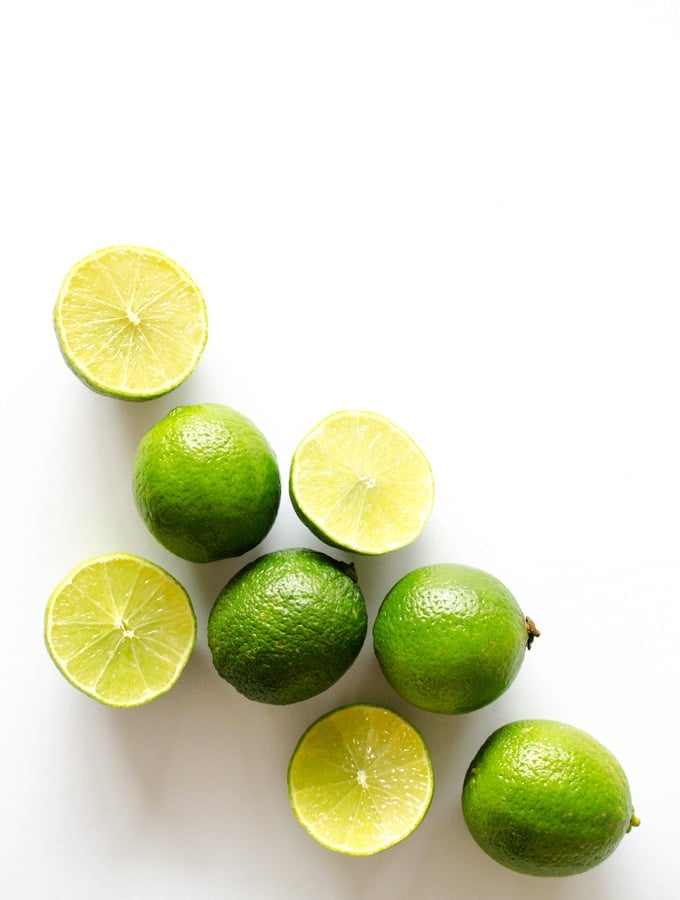
Variations of limes
- Persian: This is your traditional, supermarket lime, and may also be called Tahiti or Bearss Limes.
- Key: Famous as the flavor maker in Key Lime Pie, these Floridian limes are smaller, rounder, and more acidic, sweet, and bitter than other limes.
- Kaffir: These bumpy guys are native to southeast Asia, though their leaves are the real game changer. Kaffir leaves are used much like bay leaves to flavor Thai dishes.
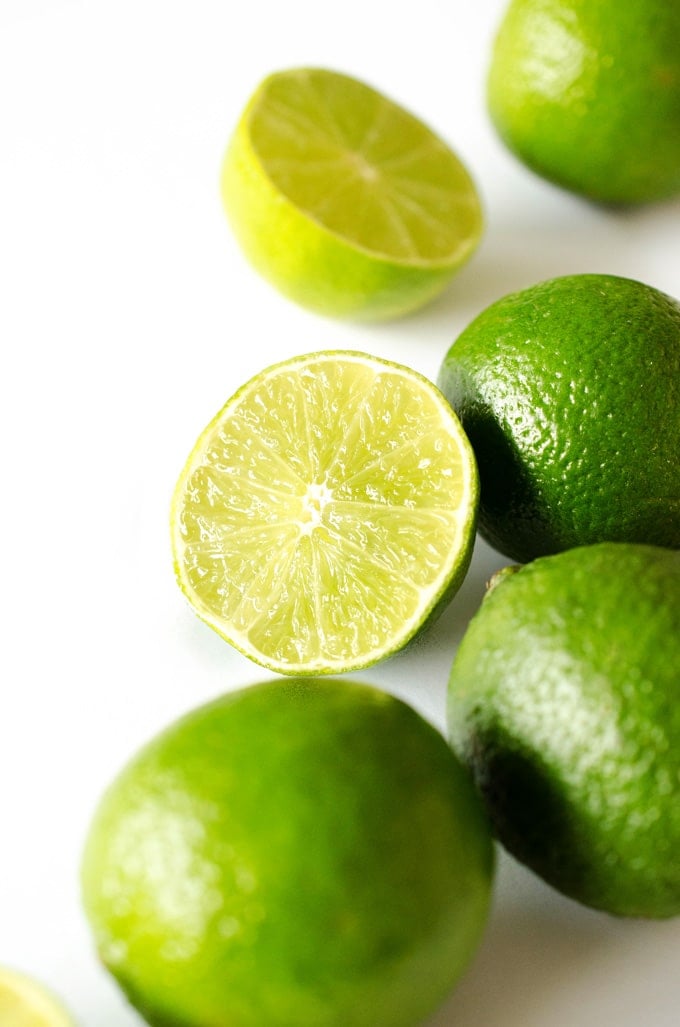
How to select a good lime
Choose limes that give slightly when gently squeezed, as these will be juicier than hard limes. It should be heavy for its size and free of blemishes.
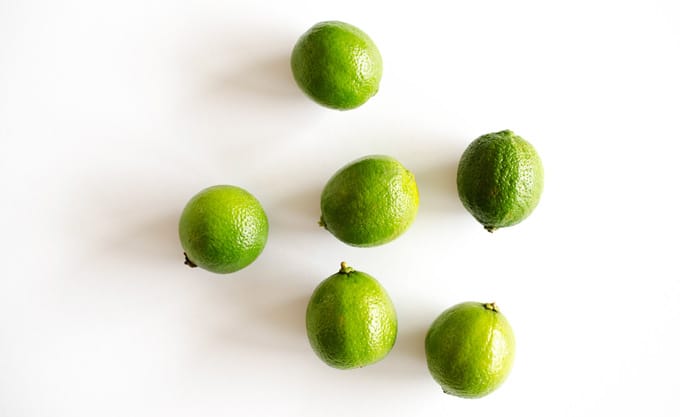
How to store limes
Limes should stay good for about a week at room temperature, but they’ll last for about one month when sealed in a plastic bag in the crisper drawer of your fridge.
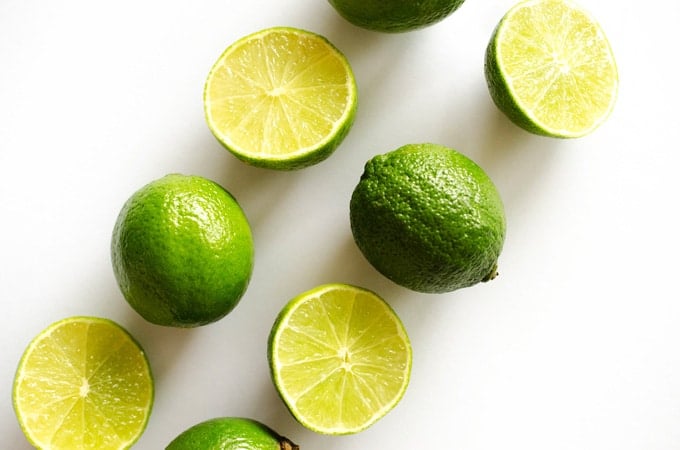
Nutrition information for limes
per 1 lime (67 g)
- Calories: 20
- Carbohydrates: 7 g
- Fiber: 2 g, 8% of Daily Value (DV)
- Protein: 0 g
- Fat: 0 g
- 32% DV of Vitamin C: A water-soluble vitamin that acts as an antioxidant to fight against potentially damaging free radicals (molecules with unshared electrons that float around wreaking havoc) and an important cofactor in collagen synthesis.
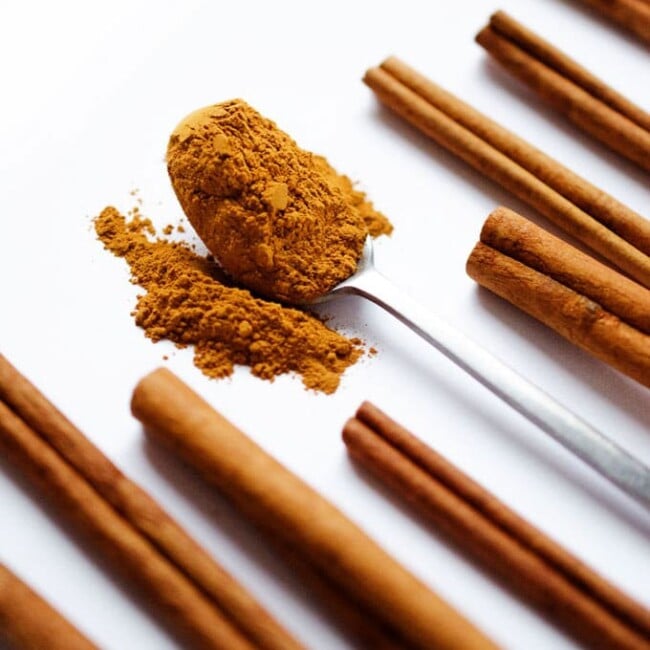
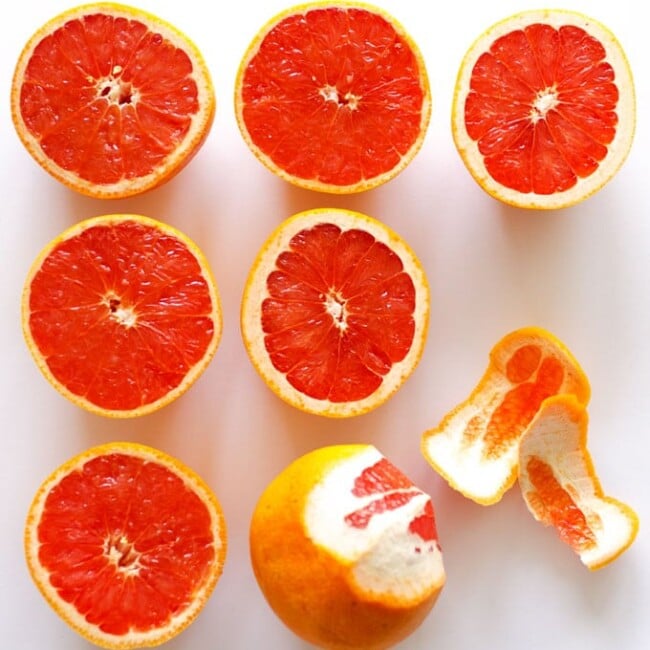
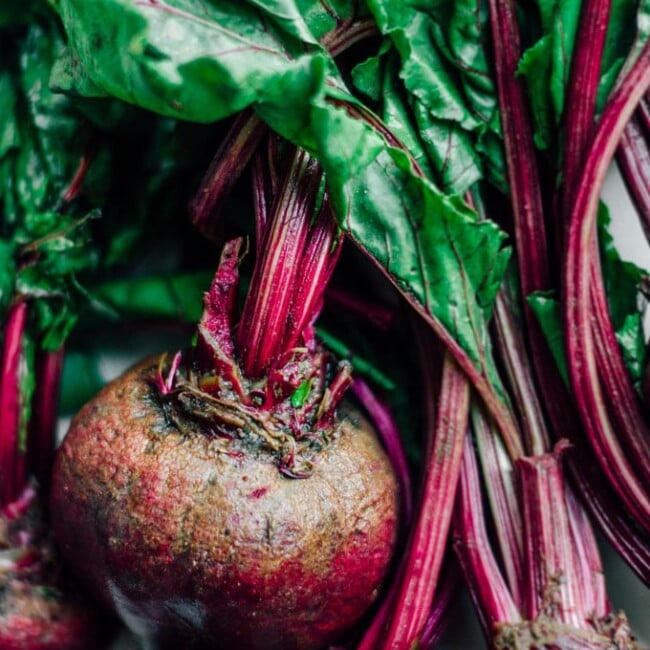
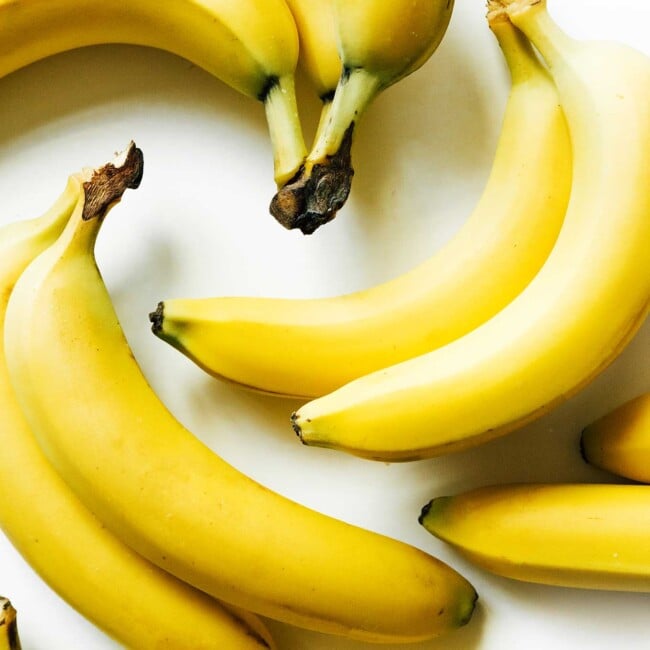
Leave a Comment